Zabriskie Point in California’s Death Valley National Park offers incredible views stretching to infinity. Here you will learn how to visit Zabriskie Point in California, including tips on when to visit and where to see it.
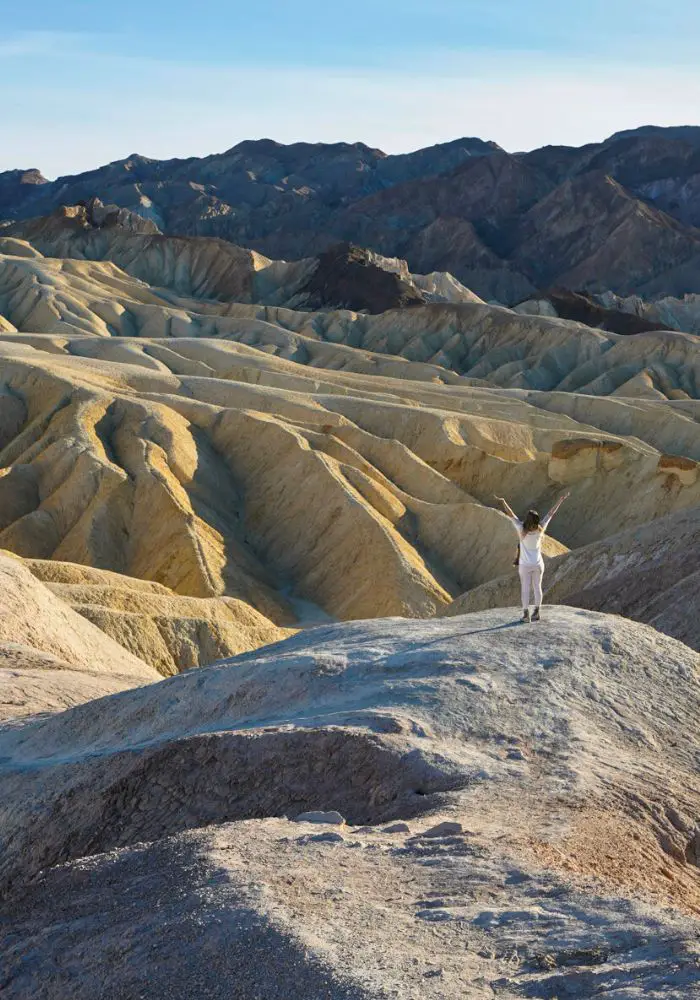
On my very first visit to Death Valley National Park, Zabriskie Point blew me away.
The endless badlands, and the the colorful hues of gold, brown, and violet left me speechless.
While Death Valley isn’t the closest national park to Los Angeles – that distinction goes to Joshua Tree – it is one of the most visited parks in California. And, as the largest national park in the contiguous United States, there is a lot to see here!
Since Death Valley National Park is so large, it can be hard to find specific viewpoints like Zabriskie Point, the dunes of Mesquite Flats, and the colorful Artist’s Palette. Especially if it is your first time visiting.
This guide will cover when to visit Zabriskie Point, where it is located, hiking Zabriskie Point, and more. By the end, you will know everything needed for a memorable visit to this gorgeous viewpoint!
Visiting Zabriskie Point in Death Valley
First things first – even if you have just one day in Death Valley, I highly recommend you stop at Zabriskie Point. The panoramic views make you realize just how small you are in this world, and just how vast Death Valley is.
The views will leave you speechless, no matter how many times you visit. It never gets old for me, and I have been to this viewpoint many times over!
Where is Zabriskie Point in Death Valley?
Zabriskie Point is centrally located within the park, so it is convenient and easy to visit, no matter which entrance you come in from. It sits about a five minute drive from the Furnace Creek Visitors’ Center, and on the opposite side of the cliffs you’ll see when driving to Badwater Basin.
Zoom out on the Zabriskie Point map below to see the exact location within the park.
Zabriskie Point Geology
Wondering how Zabriskie Point was formed? I get it, I wondered, too! Zabriskie Point is part of the Amargosa Mountain Range.
Much like the Trona Pinnacles in Inyo County, the land inside of Death Valley used to be submerged and covered by a lake. Over millions of years, gravel, volcanic ash, and mud built up in layers of sediment on the bottom.
The lake dried up an estimated five million years ago. Today, we are left with one of the most iconic landscapes in the USA.
You May Also Like: A Joshua Tree to Death Valley Road Trip
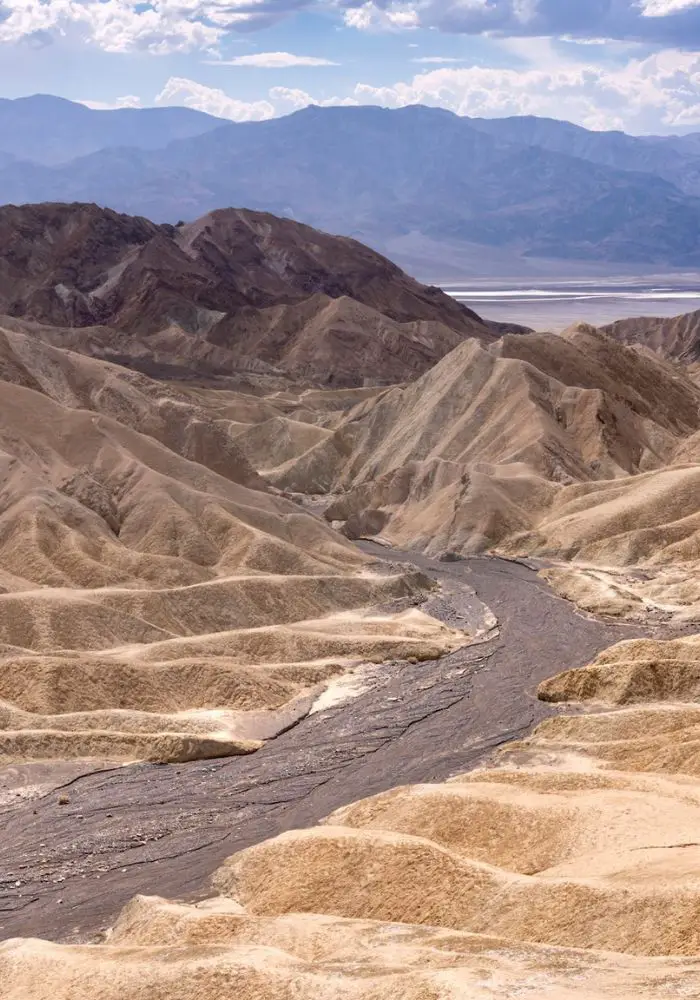
Hiking at Zabriskie Point, Death Valley
If you want to hike in or around Death Valley’s Zabriskie Point, you have a few options.
Pro Tip: If you’ve never hiked in the desert, you need to check out my post on desert hiking essentials for the American Southwest. These items will keep you safe and sane!
1. Zabriskie Point Viewpoint
- Difficulty: Easy
- Length: 0.4 miles
- Elevation Gain: 49 feet
- Good To Know: Paved Trail and wheelchair accessible
While the Viewpoint isn’t exactly a hike, it is definitely useful information to have on hand. The Zabriskie Point Viewpoint is the most popular place to view the badlands.
This spot will likely be crowded at sunrise and sunset, as it is one of the top photo spots in the park.
2. Golden Canyon Trail
- Difficulty: Easy to moderate
- Length: 0.8 miles
- Elevation Gain: 118 feet
- Good To Know: one of the most popular trails at Zabriskie Point
The golden color of the slopes is the backdrop for this aptly named trail. It is absolutely gorgeous and just a short trek!
3. Red Cathedral Trail
- Difficulty: Moderate
- Length: 0.6 miles
- Elevation Gain: 574 feet
- Good To Know: Though short, this trail has some steep sections that will work up a sweat.
My favorite feature on the Red Cathedral Trail at Zabriskie Point is the small slot canyon. You can hike Red Cathedral and Golden Canyon together, which makes a total of 3 miles round trip.
4. Gower Gulch / Badlands Loop Trail
- Difficulty: Moderate
- Length: 4.2 miles
- Elevation Gain: 715 feet
- Good To Know: This trail is a combination of all of the above hikes.
If you want to see it all, this is your best bet. Gower Gulch and the Badlands Loop Trail combines all of the above trails at Zabrislie Point.
Slot canyons, steep inclines, golden canyons, and vast badlands are all seen on this gorgeous trail.
You May Also Like: The Best Hiking Gear for Women
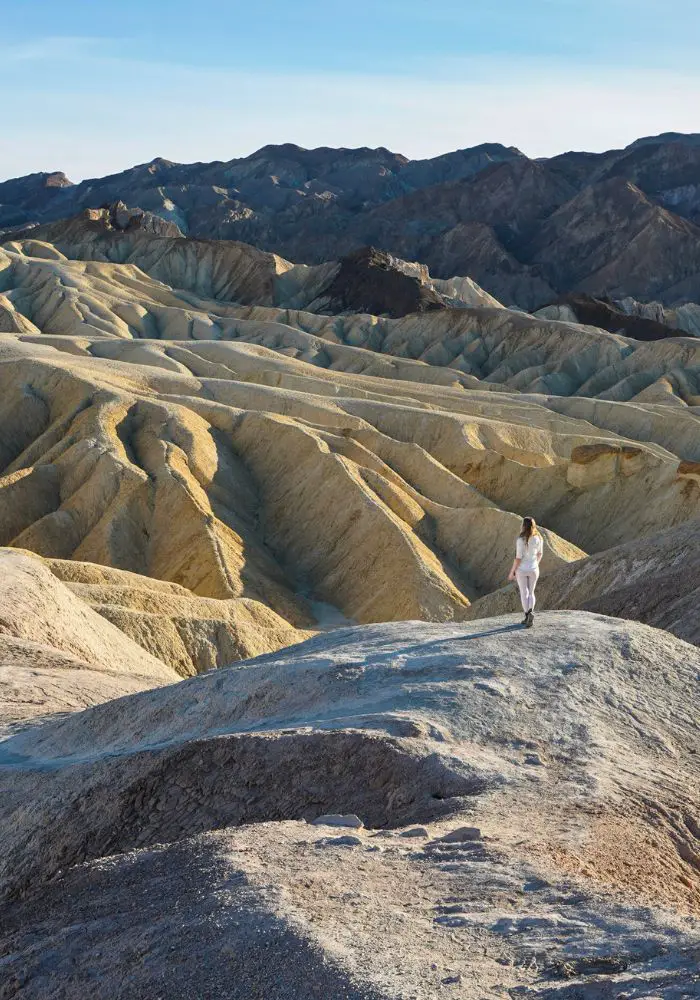
Parking and Fees
Parking at Zabriskie Point is easy. There is a paved lot just 0.4 miles from the viewpoint, detailed in the section above.
The lot can fit plenty of cars, though at the busiest times it can get crowded.
There is no fee to view or spend time at Zabriskie Point. However, you do need to pay to enter the park. The costs are:
- Price per Vehicle (valid for 7 days) : $30 USD
- Death Valley Annual Pass: $55 USD
- America the Beautiful Pass: $80 USD
Information on purchasing passes at the park can be found here.
When is the Best Time to Visit Zabriskie Point?
The best time to visit Zabriskie Point is typically in fall or spring, at sunrise or sunset.
The fall and spring weather is a lot more forgiving than the triple digit summer months. The sun will still shine but the weather will be between about 70-90 degrees. If you want to know the exact temperatures to expect on your visit, check them here.
While most people visit throughout the day, in late morning or afternoon, the most gorgeous views can be seen at sunrise and sunset. Check the sunrise and sunset times here so that you don’t miss it on your visit!
Sunrise brings a gorgeous pink glow across the badlands. Sunset scatters golden rays over the mountains. Photographers frequent both time frames, but in general, sunset will be more crowded.
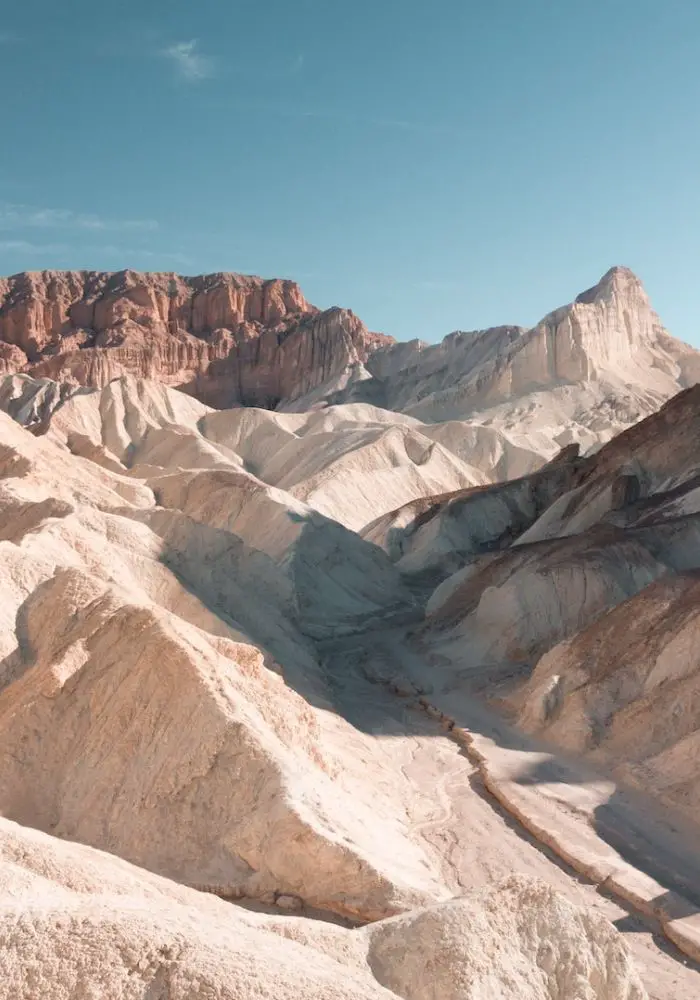
Helpful Tips for Visiting Zabriskie Point
- Wear sturdy trekking sandals or hiking shoes if you plan on hiking the trails at Zabriskie Point. Besides the path up to the official viewpoint, the rest of the trails are quite rugged and rocky.
- Zabriskie Point offers no shade for visitors. Wear a wide brim hat and lots of sunscreen.
- There is little to no cell service here, so plan ahead by downloading offline maps. Check out my favorite travel apps for my personal recommendations.
- No pets are allowed on any of the Zabriskie Point trails.
- Be sure to carry lots of water when you visit, particularly if you plan to hike. The desert sun is no joke and you need to stay hydrated! I love my Camelbak backpack and/or my handy Hydroflask.
- Begin your hikes with ample time to return before sunset. There is no lighting and the trails become pitch black quick. Carry a handy headlamp to be safe.
- Note that drone use is prohibited within Death Valley and violators will be fined.
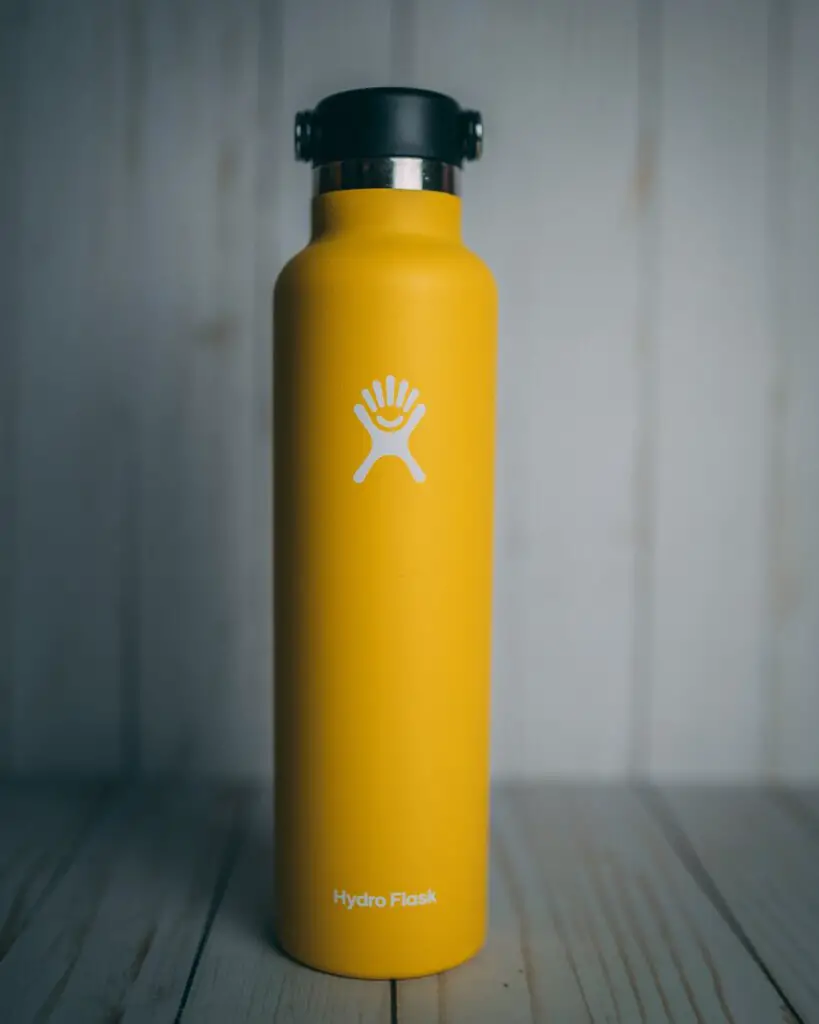
Top Pick: Reusable Water Bottle
✅ Double-walled, to keep your drinks chilled (or toasty!)
✅ Spill-proof lid
✅ A built in straw for easy drinking on the go!
Final Thoughts on Zabriskie Point Death Valley
Zabriskie Point is an iconic spot within Death Valley, and for good reason. The rolling badlands, the golden canyons, and the layered rocky outcrops create an unbelievably beautiful landscape!
When visiting Death Valley, Zabriskie Point can’t be skipped. It is easy to reach, centrally located and well worth the effort.
Let me know below – is Zabriskie Point in Death Valley on your bucket list?
Explore More California National & State Parks:
- One Day in Death Valley: What Not To Miss!
- Joshua Tree to Death Valley: A 7 Day Itinerary
- National Parks Near Los Angeles
- One Day in Joshua Tree National Park
- Things To Do and See in Mojave National Preserve
- The Best Hikes in Joshua Tree National Park
- The Best Joshua Tree Sunrise Hikes and Locations
- All About the Joshua Tree: A Mojave Desert Staple
- The Best Joshua Tree National Park Photo Spots
- 10 Tips for Visiting Joshua Tree National Park
- Five Drawbacks of Visiting Joshua Tree National Park
- Red Rock Canyon State Park, CA: Desert Hiking and Camping
- A Complete Guide to Anza Borrego Desert State Park
- Anza Borrego Desert State Park Hikes You Cannot Miss!
- The Mojave National Preserve: Things to Do and See
- A Complete Guide to Visiting Sequoia National Park
- Things to Do in Sequoia National Park
- The Best National Parks in the Southwestern USA
- Desert Wear and Hiking Essentials for the American Southwest
Pin Me for Later!
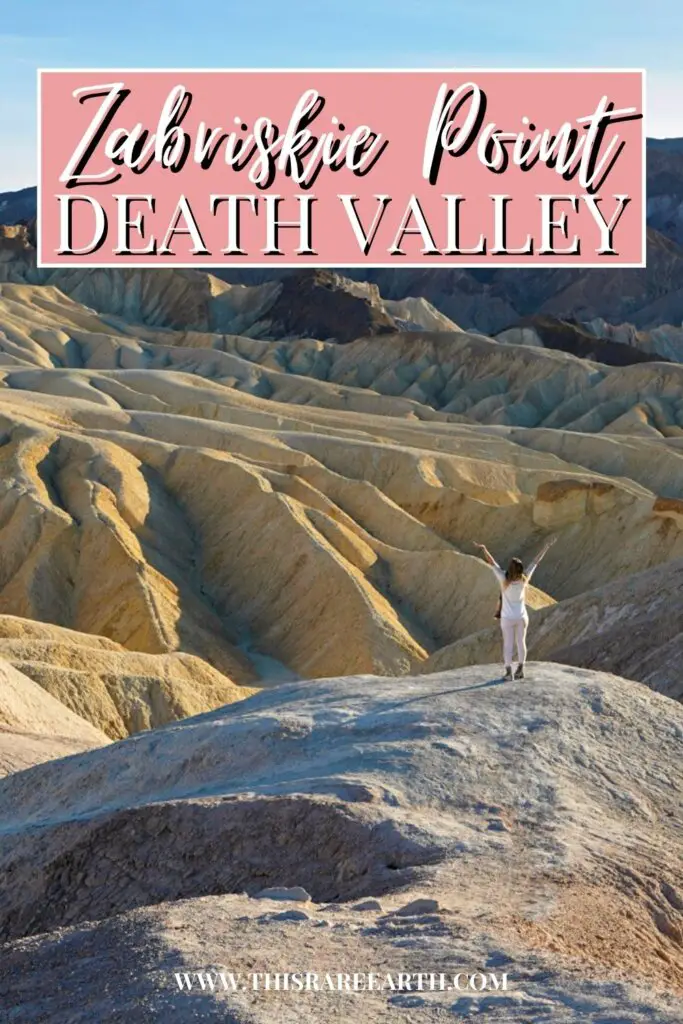
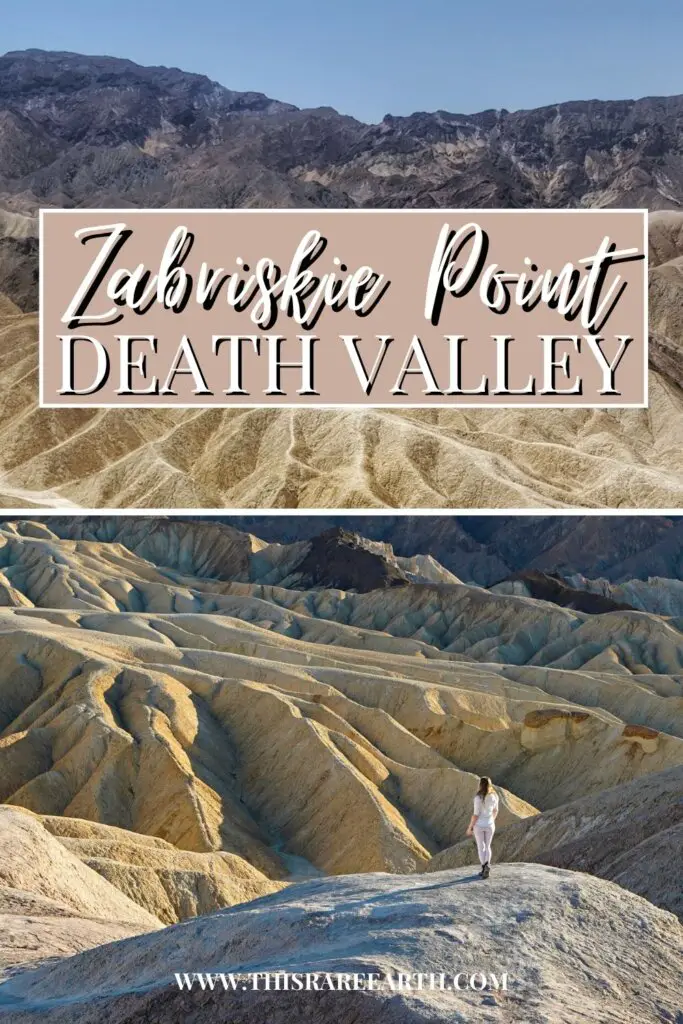
- 10 Things to Know Before Visiting the Sheik Zayed Grand Mosque
- Solo Female Travel in the Middle East – Is it Safe?
- 30 Most Beautiful Places in the Middle East You NEED To See
- 10 Interesting Facts About Afghanistan, From Someone Who Has Traveled There
- 10 Best Beaches in Muscat, Oman: The Ultimate Guide
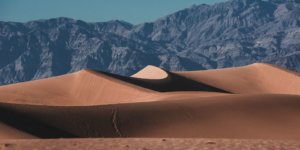
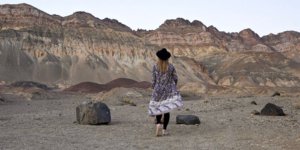
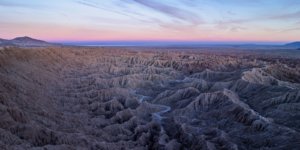

Leave a Reply